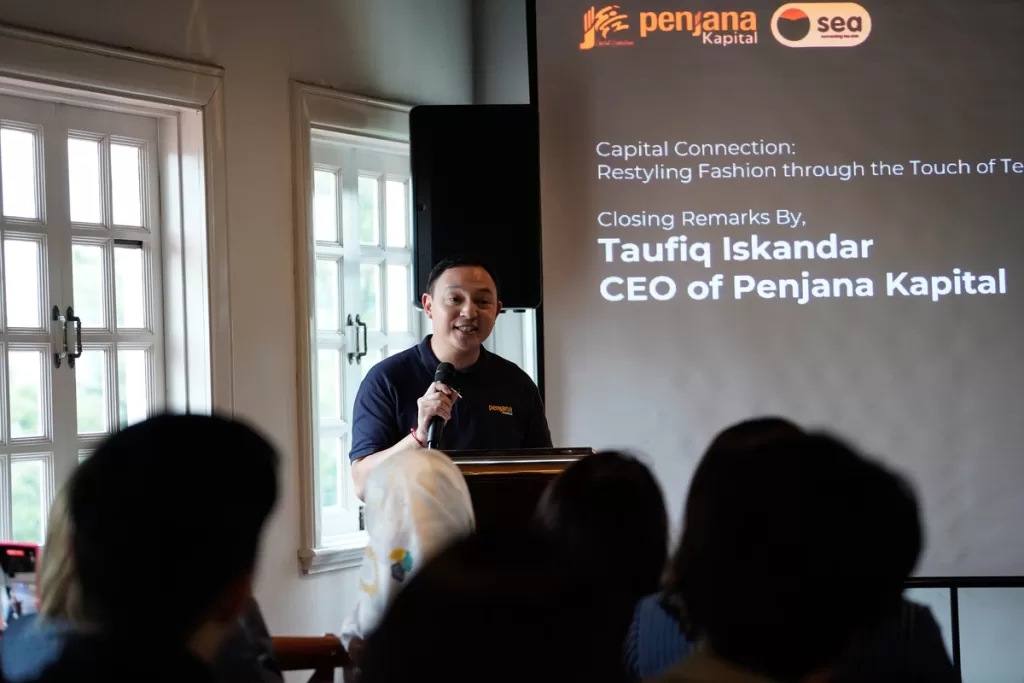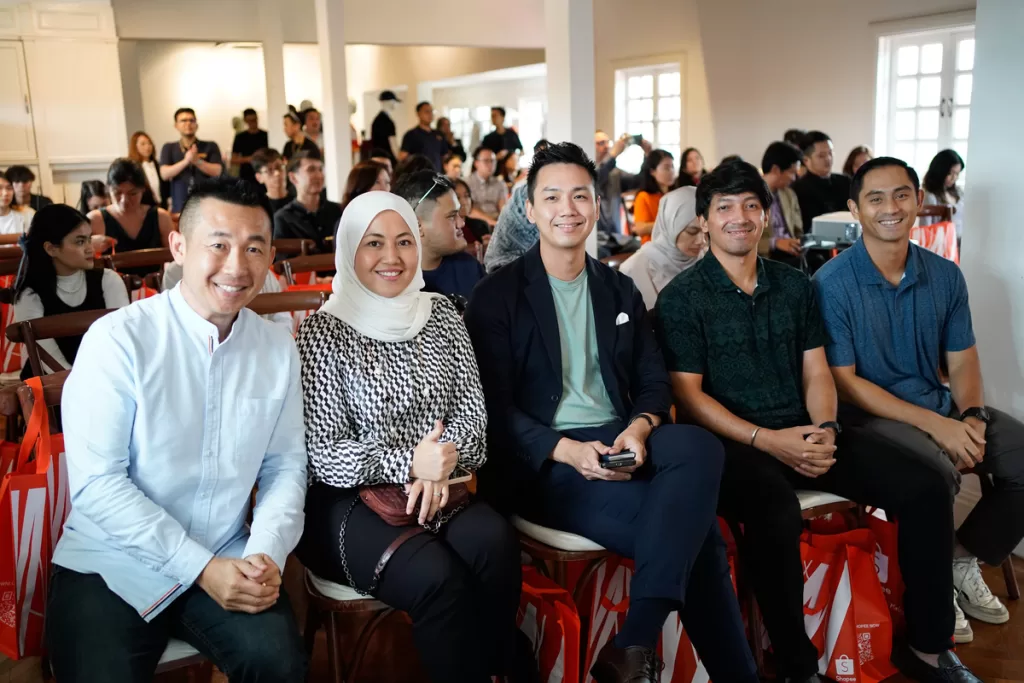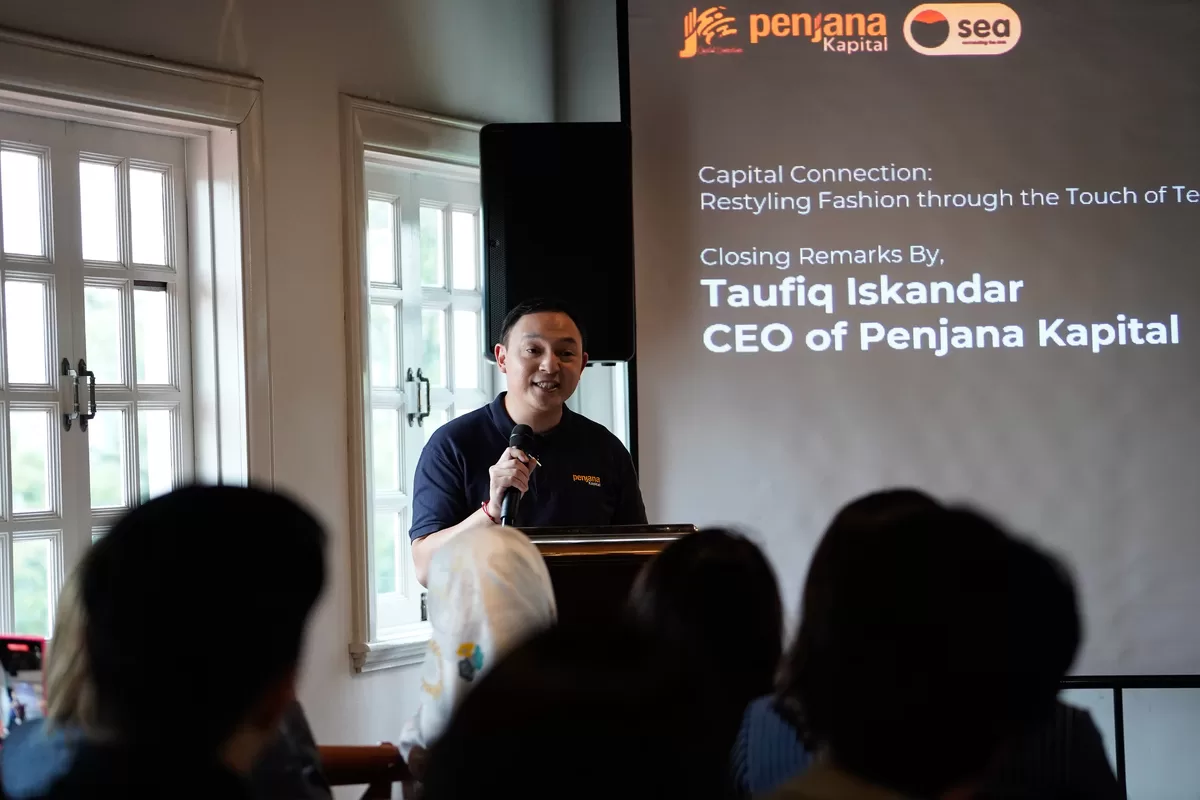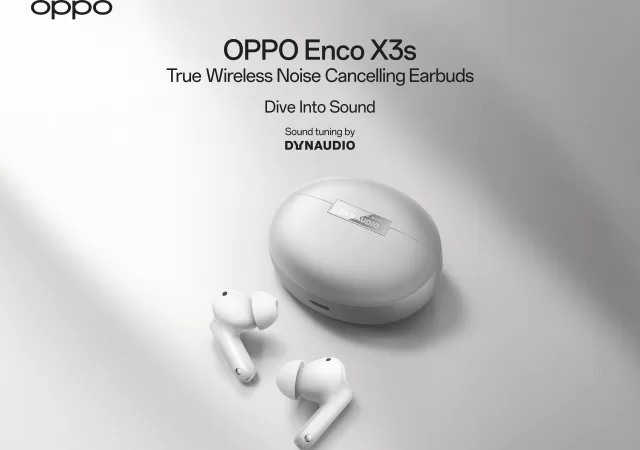Digitalization is affecting more and more businesses, and fashion is no exception. Penjana Kapital Sdn Bhd and Sea Limited (Malaysia) recently worked together to put on Tech in Fashion, an event that showcased fashion-tech innovations.

Textile waste poses a big problem for the environment because old clothes end up in landfills. It is one of the problems that the fashion industry must wrestle with. However, the use of cutting-edge technology is changing the way people buy clothes and making it more environmentally friendly. Four businesses were chosen to show off their new ideas, which included making eco-friendly fabrics, improving the local textile ecosystem, and making affordable clothes for everyday use.
At the showcase, Kloth Circularity Malaysia, Nanotextile Sdn Bhd, Kualesa, and Oxwhite showed off how technology has helped them adapt to the times and stay successful. They also showcased sustainable practices during the “Pitch to Runway” workshop.

When it comes to tackling waste, Sarah Kedah, Co-Founder of Kloth Circularity Malaysia, talked about how green technology can revolutionize the textile business. Kloth Circularity Malaysia turned old plastic bottles into valuable raw materials that can be used to make new clothes. By doing this, they have effectively made Kloth Circularity a part of the circular economy by creating a cycle of sustainability that will not only lessen waste but help with the economy as well.
With Generative AI (Gen AI) taking centre stage, it comes as no surprise that some companies have incorporated it into their workflows. Haris Kamal, Co-Founder and Chief Operating Officer, said that Kualesa is using Gen AI and large language models (LLM) to improve marketing efficiency and automate predictive personalised email processes to increase conversion rates.
Entrepreneurs in the fashion industry can do well in this changing world by adopting digitalization, technology, and new ideas. As a tech company and e-commerce enabler, Sea is dedicated to helping sellers on its subsidiary Shopee’s platform. It is widely accepted that buying behaviours are rapidly changing and it is no different for textiles and fashion.






